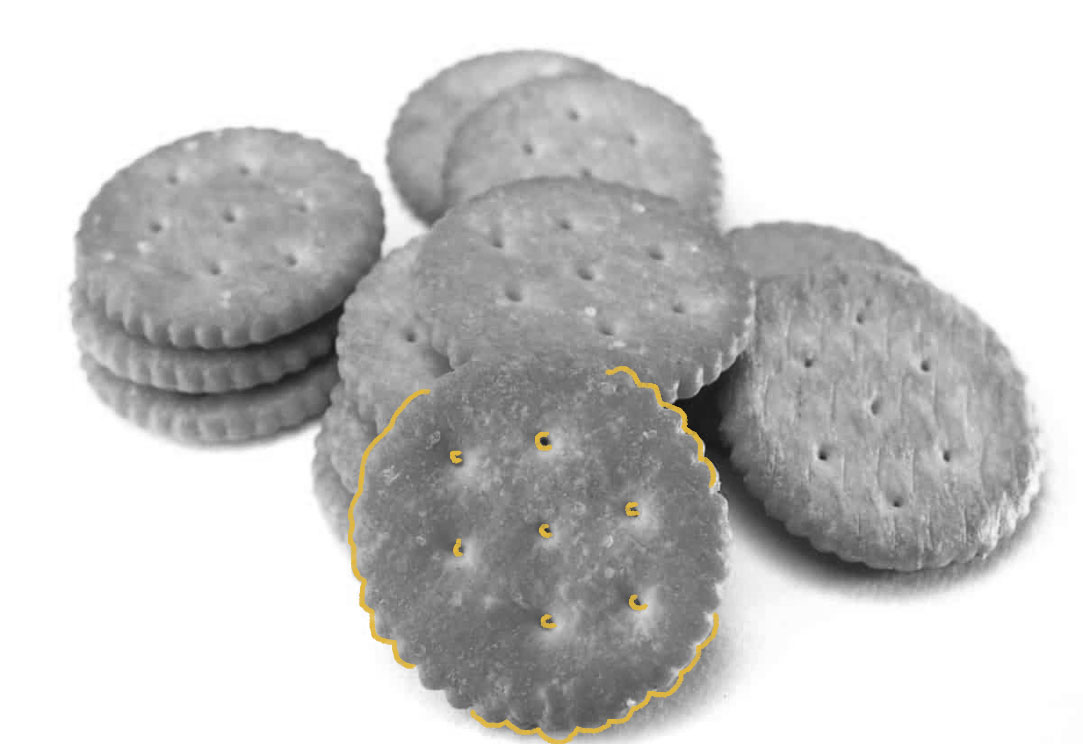Nabisco debuted Ritz Crackers in 1934 solely in Philadelphia and Baltimore but expanded nationally by 1935. The company took full advantage of the Ritz name, which was associated with luxury thanks to Cesar Ritz’s luxury hotels. Nabisco capitalized on this and ran advertisements showing the crackers being served to golfers and passengers on luxury cruise ships. Released around the height of the Great Depression, the crackers allowed struggling Americans to get a taste of luxury. Although the crackers cost an affordable 19 cents a box, they were seen as luxurious even by the wealthy and were served to rich patrons at high-end hotels like New York’s famed Waldorf-Astoria. The crackers were named by Nabisco commercial artist Sydney S. Stern, who was given just one weekend to come up with the branding for the company’s new buttery cracker. Interestingly, Stern’s logo design was inspired by a label he noticed inside of his own hat! (Notably, the modern logo still closely resembles his original version.) Within 3 years, Ritz Crackers became the top-selling cracker in America, but interestingly, they were not the first butter crackers. Sunshine Biscuit had already debuted their Hi Ho butter crackers, but they could not compete with Nabisco’s marketing prowess and Hi Hos were eventually discontinued when the company merged with Keebler. Ritz crackers were incredibly popular during the Great Depression and continued to be so during World War II and beyond. Interestingly, they were even used in frugal, ration-friendly baking as a fake apple pie filling — Nabisco even printed a recipe for mock apple pie on their packaging during World War II! While Ritz Crackers no longer dominate the cracker market the way they did when they first debuted (due in large part to Nabisco’s near-monopoly in the industry at the time), they have continued to be popular throughout the decades and remain a beloved snack today.

Your go-to guide for weird history facts
Subscribe to the FREE daily email that makes learning about history fun.


